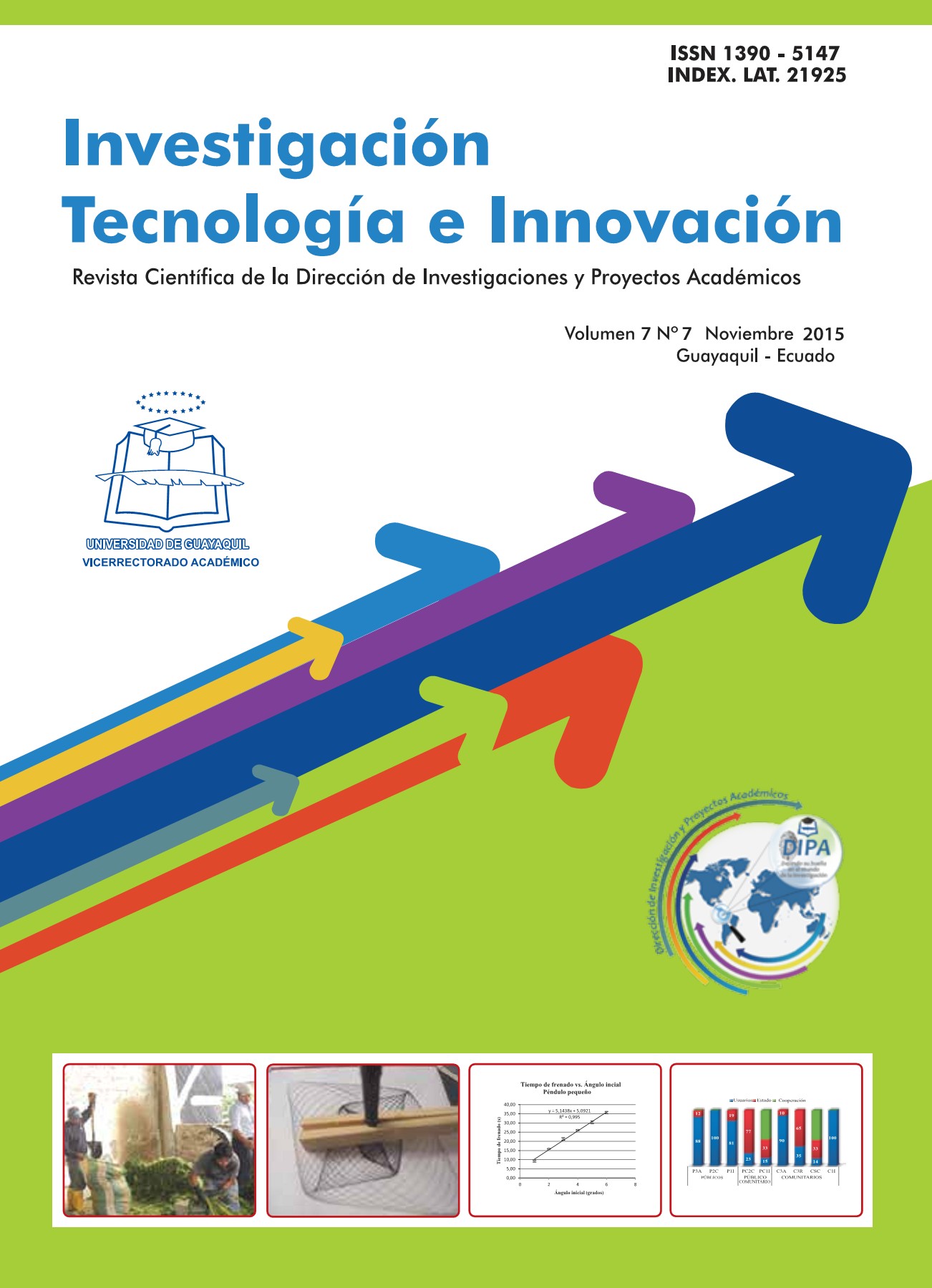Mathematical model of a double pendulum harmonograph
DOI:
https://doi.org/10.53591/iti.v7i7.1268Keywords:
harmonograph, damped oscillatory motion, principle of superpositionAbstract
The purpose of this paper is lo introduce a mathematical model for a harmonograph that consists of two pendulums which oscillate between each o/her forming a right angle. The proposed model starts off with the supposition that the pendulums make a damped oscillatory motion, being first analyzed separately in order to find the parametric equations and then applying the superposition principle so the complete motion of the pen in lime can be graphed. To be able to prove the model, a harmonograph was built and the angular frequency, the amplitudes and the friction factor were measured in order to graph through software the solutions with the obtained parameters in an experimental way. Finally, graphics we got from the software wil1 be qualitatively compared with the graphs we obtained from the built harmonograph.
References
Weisstein E., "Harmonograph". Enlace: http://mathworld.wolfram.com/Harmonograph.html
"La aventura de la ciencia: el armonógrafo". Enlace: http://laaventuradelaciencia.blogspot.com/2011/09/el-armonografo.html
Weisstein E., "Superposition Principle". Enlace: http://mathworld.wolfram.com/SuperpositionPrinciple.html.
Boyce, W. E., DiPrima , R. C., "Ecuaciones diferenciales y problemas con valores en la frontera", 5" ed., Limusa - Wiley, México, 2010).
Res nick, R., Halliday, D., Krane, K. S., " Física", Vol. 2, 5" ed, CECSA, México, 2004.
"Oscilador armónico amortiguado". Enlace:http://hyperphysics.phy-astr.gsu.edu/hbasees/oscda.html.
"Graph" . Este programa se lo puede obtener en su página web oficial: https://www.padowan.dk/
Downloads
Published
Issue
Section
License
Copyright (c) 2015 Christian Pavón Brito

This work is licensed under a Creative Commons Attribution-NonCommercial-NoDerivatives 4.0 International License.






